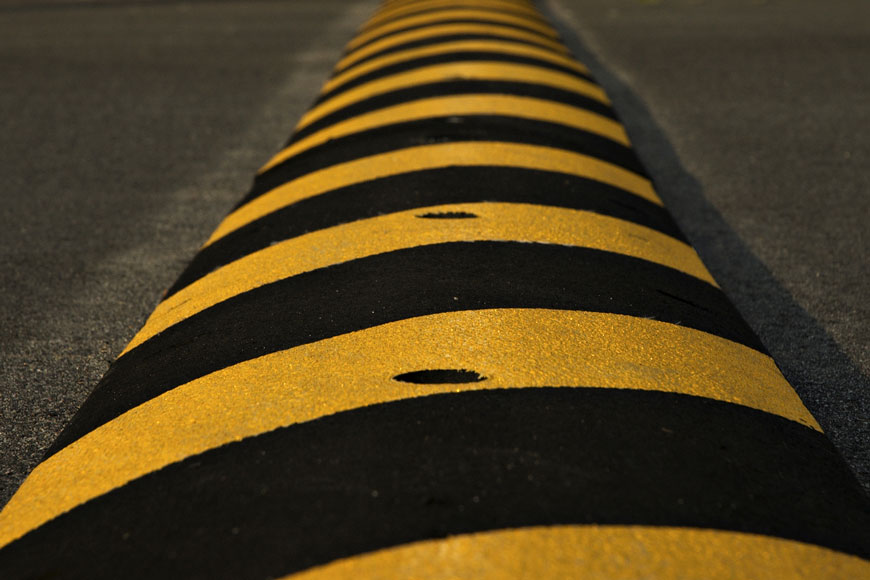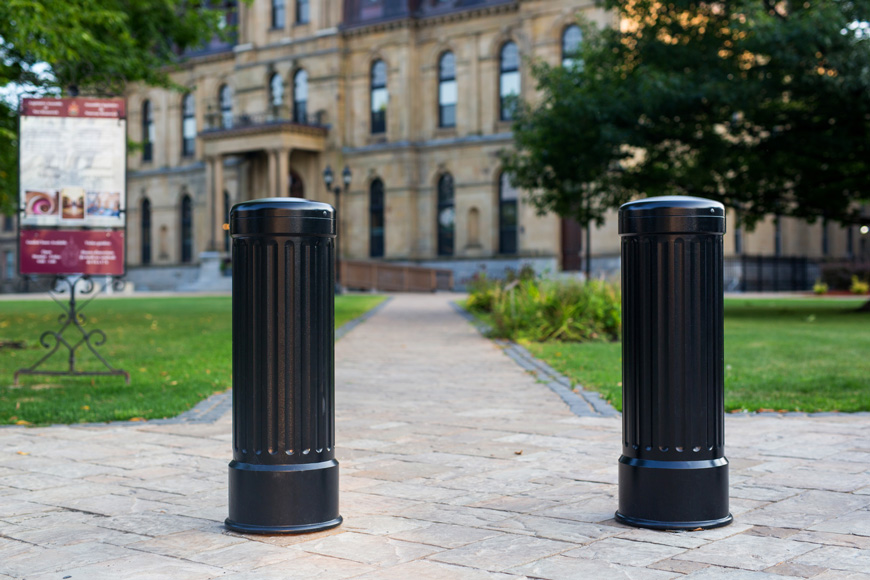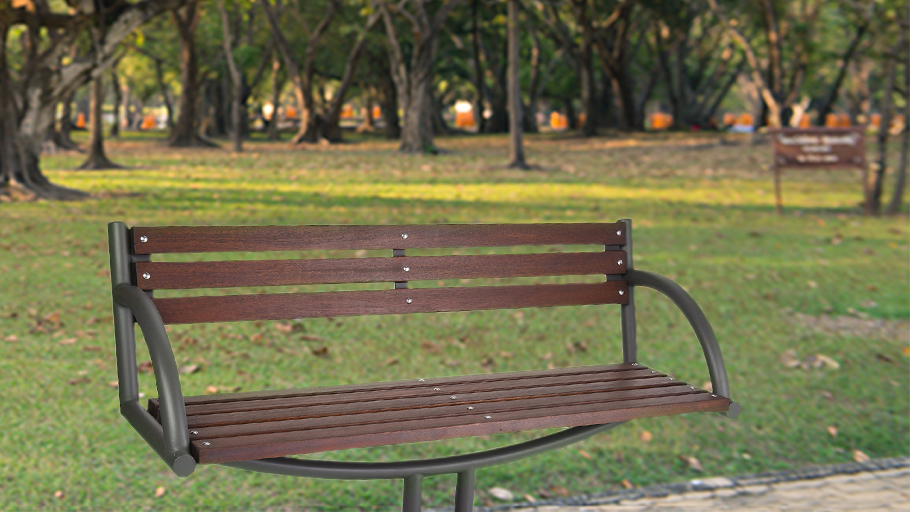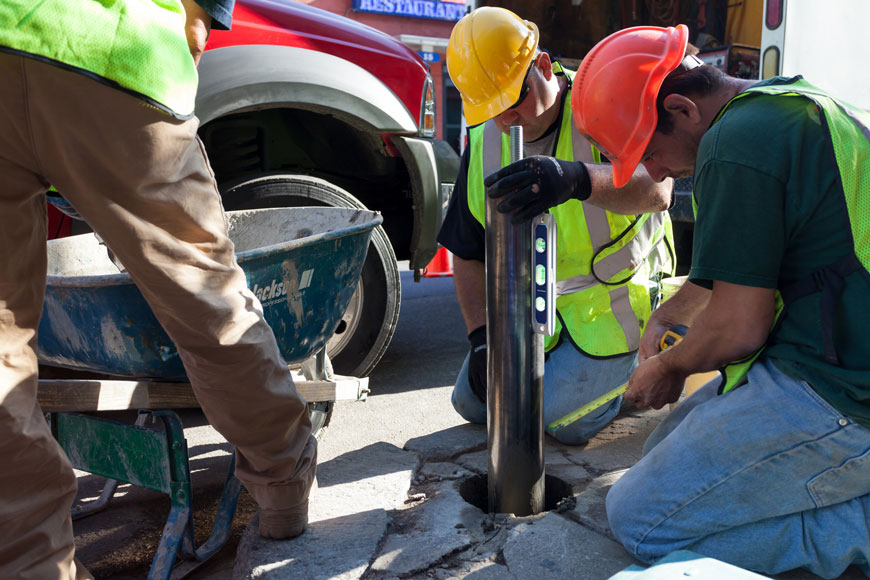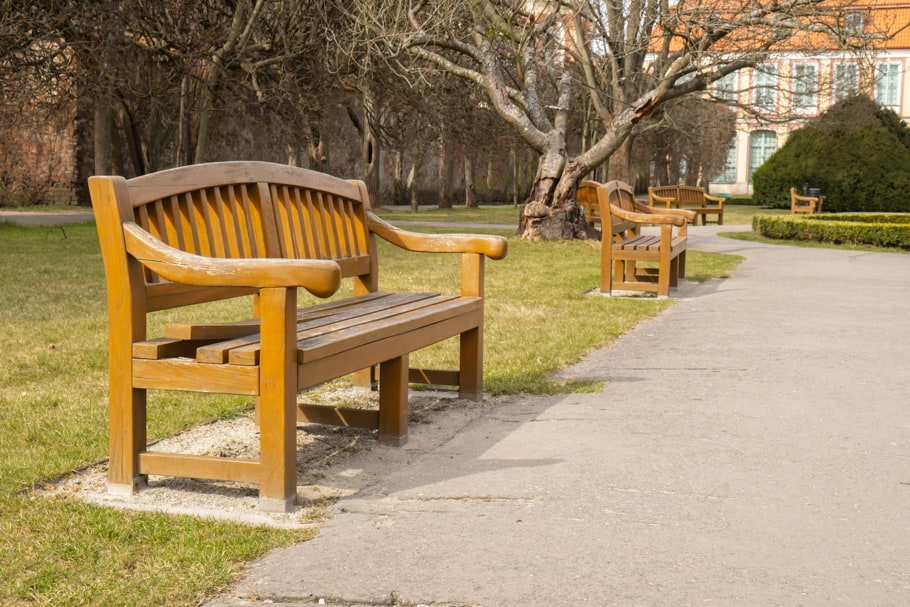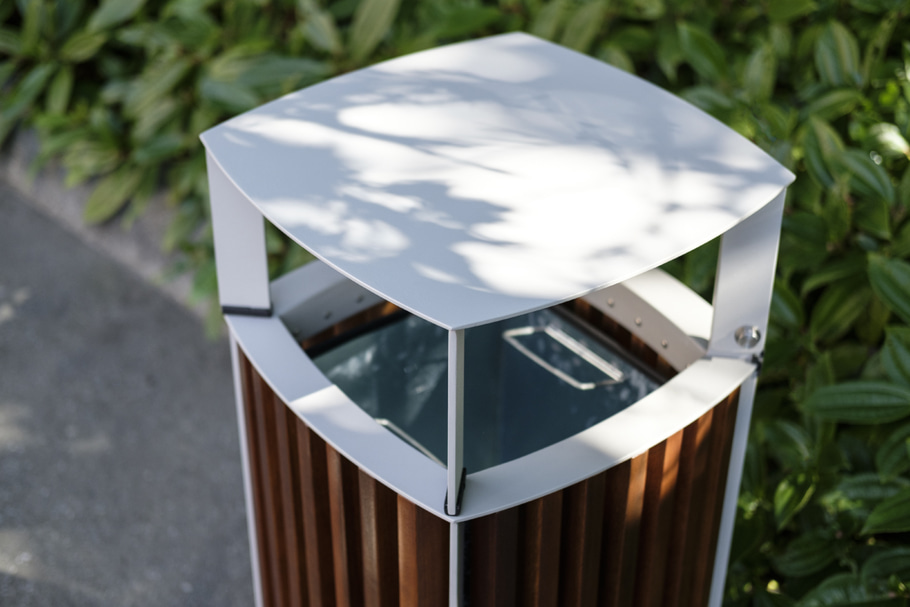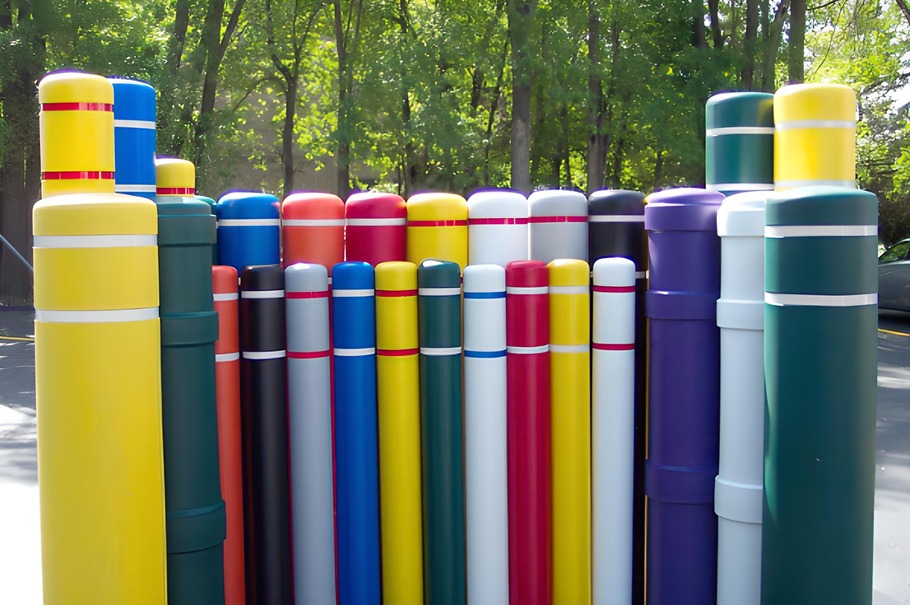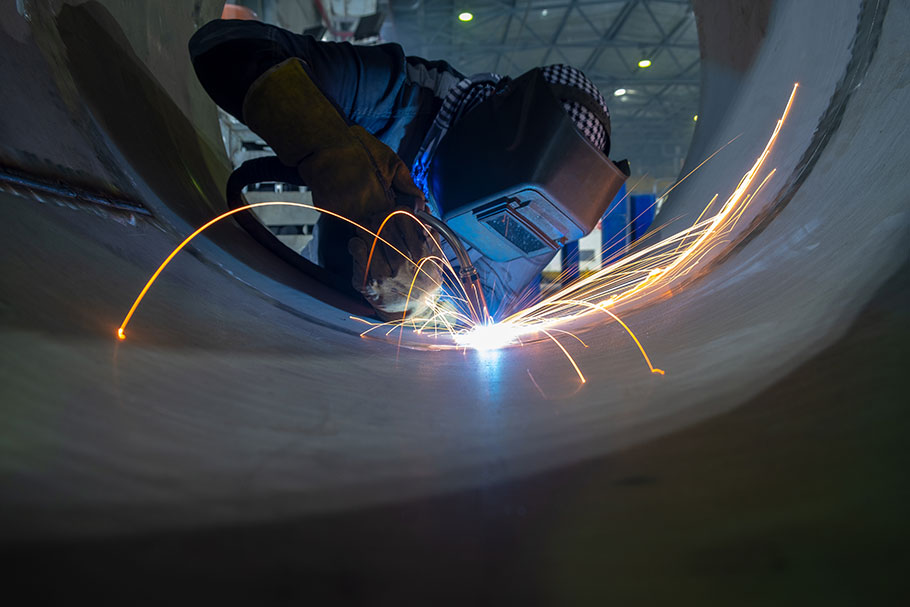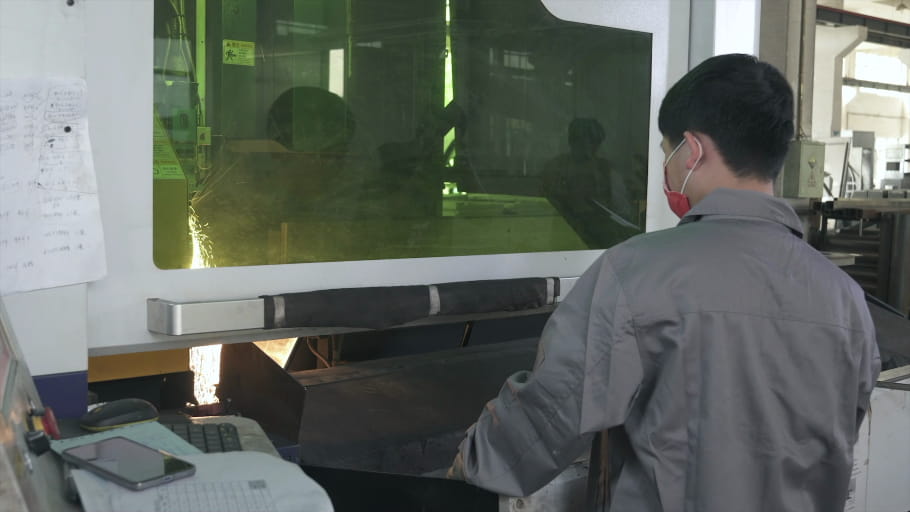An expert guide to speed cushions and traffic safety design
Speed is the highest factor affecting the risk and severity of vehicle accidents. Studies in Australia conclude that a 3 mph reduction in vehicle speed can reduce the risk of accidents by at least 15%. Speed reduction doesn’t just minimize the severity of impacts, it also increases the reaction time buffer—helping drivers avoid collisions entirely.
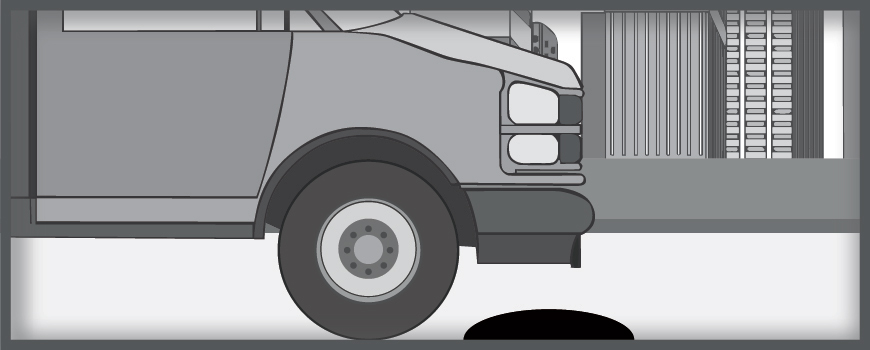
Traffic calming
Two of the most common forms of traffic calming are speed bumps and speed humps. These vertical obstacles are designed to slow down vehicles by creating mild discomfort.
Speed bumps are an abruptly raised area in the pavement surface that work best at controlling speeds in low volume traffic areas. If a driver ignores them and fails to reduce their speed, they will be met with a jolt as their tires hit the obstacle.
Speed humps are a milder form of vertical deflection with a longer traverse. Vehicles are encouraged to slow down to 10–15 mph, instead of a full stop. There are a variety of speed hump configurations used for traffic management including speed cushions, speed slots, and off-set speed humps.
Speed hump risks
Speed humps pose a disadvantage in emergency situations where first responders must travel quickly. In emergency situations, every second is critical—and speed humps shouldn’t interfere with a first responders’ efficiency. Speed cushions are an effective solution—allowing emergency vehicles to pass unimpeded while curbing the speed of standard vehicles.
Speed cushions and variations
Speed cushions
Speed cushions are speed hump installations with wheel cut-outs installed at designated widths. Speed cushions are designed to obstruct and slow ordinary passenger vehicles, while allowing free passage for emergency vehicles. Emergency vehicles and long-axle vehicles have a wider track width than standard personal motor vehicles. This gives them the ability to straddle wider obstacles—so they can pass through speed cushions at speed, while smaller, personal vehicles whose wheels are too narrow to fit through the gaps are forced to slow down.
Speed cushions also allow unobstructed passage for bicycles and promote drainage. However, they are limited in their ability to slow motorcycles, which can pass through wheel slots with minimal risk or discomfort.
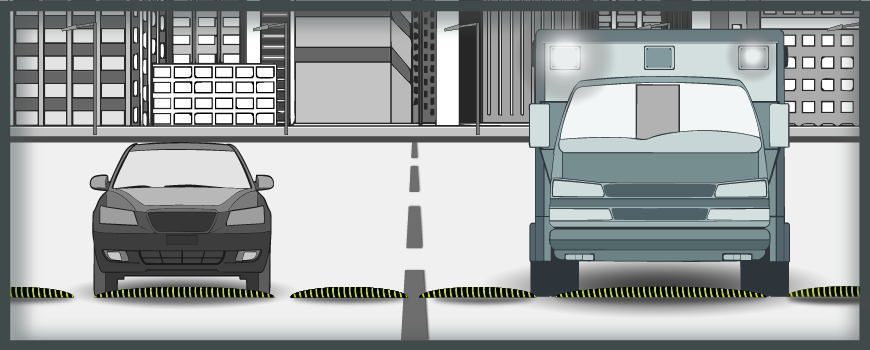
Speed cushions in Europe vs North America
It’s important to note that the benefits of speed cushions will depend on geographic location. While very beneficial in Europe, they may not be quite as effective in North America. This is because the function of speed cushions relies on vehicle size and design.
European passenger vehicles have a narrower track width as they are designed for lower occupancy and narrower streets. North American passenger vehicles have wider axles—and many emergency vehicles have dual tires on either side of each axle, narrowing their track width. Some emergency vehicles can only clear about 48 inches between their innermost tires—the same as the average passenger vehicle.
Many North American researchers and authorities still approve the use of speed cushions to mitigate negative impacts on emergency vehicle response times. However, planners should consult their local emergency response providers for information on their vehicle dimensions and clearances.
If speed cushions don’t suit local needs, there are other variations of traffic humps and speed cushions to consider.
Speed slots
Speed slots are a variation of speed cushions. They are also designed to allow emergency vehicles to pass through unimpeded by making separations within the hump, while forcing passenger vehicles—even those with the same track width—to slow down. In a speed slot installation, the speed hump extends across the road with slots or tire grooves along each side of the centerline. This allows emergency vehicles to avoid the obstruction by driving through the slots down the center of the road. However, straddling the center cushion and travelling in both lanes of the road can increase the risk of collision.
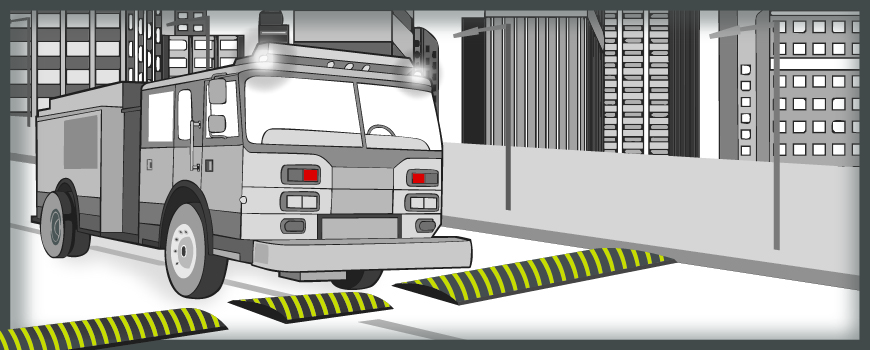
Offset speed humps
Offset speed humps are installed in a staggered formation, alternating between opposing lanes. During an emergency, response vehicles can maintain higher speeds by swerving into oncoming lanes to slalom around each hump. However, like speed slots, driving into oncoming lanes increases the risk of accidents—there is no guarantee that oncoming vehicles will pull far enough to the side. Offset speed humps can also cause regular vehicles to drive on the wrong side of the road in low-traffic areas.
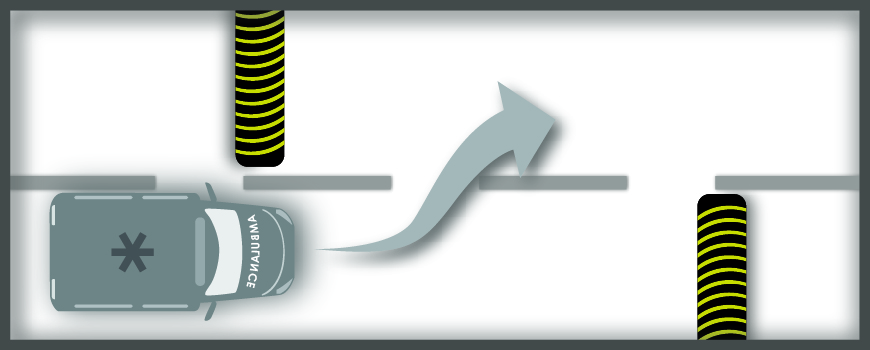
Speed cushion planning
Any area with high pedestrian traffic—such as residential areas, schools, playgrounds, and hospitals—are vulnerable to vehicle accidents and can benefit from traffic calming initiatives. Vertical deflections, such as speed cushions and speed humps, are ideal forms of traffic control in many environments, and useful for areas where a slower speed of approximately 10–20 mph is desired.
When planning traffic calming initiatives, the surrounding environment must be considered—there are some environments that are not appropriate for traffic calming. Arterial roads and streets designed for higher speeds and greater traffic volume are not suitable for speed cushions. Areas with restricted vision, steep slopes, or curves, are also unsuitable, as the road conditions limit visibility and can cause drivers to slam on their brakes, increasing the risk of rear-ending accidents.
Factors to consider
- Ensure proper hump configuration:
- Distance between speed humps
- Speed humps are most effective when installed in succession. For local roads, speed humps are installed 150–250 yards apart, or 65–100 yards apart in lanes.
- Speed hump configuration
- Speed humps can extend from curb to curb, or be staggered along different sides of the road.
- They should not be placed too close to an intersection, drainage, driveways, or in curves.
- Distance between speed humps
- Ensure vehicles cannot avoid or drive around the speed humps.
- Ensure that changes in road patterns will not result in traffic spill onto other areas.
- Ensure proper signage, lighting, and visibility.
- Consult with local residents, commercial businesses, and emergency response authorities to avoid disruption to local neighborhoods.
Speed cushion installation
Traditional speed humps, bumps, and cushions are made from concrete and are permanent installations. Alternatively, modular bolt-down speed cushions can be used to install speed cushion installation patterns that can be changed if needed.
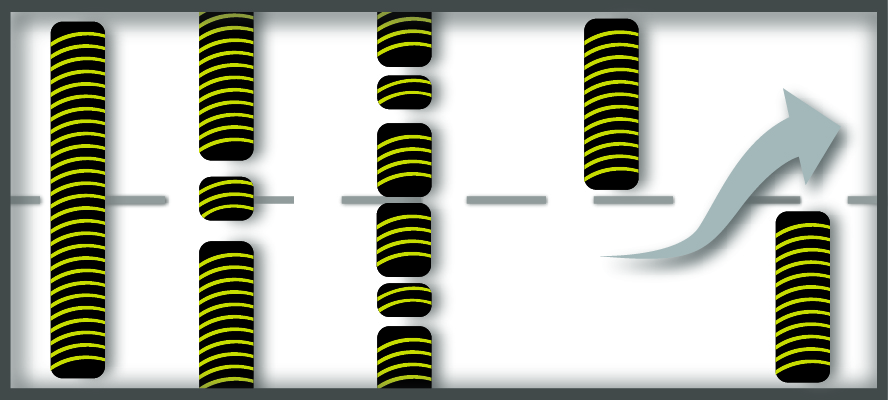
The versatility of bolt-down installations is valuable as speed cushions can be easily and inexpensively reconfigured to adapt to any change in traffic patterns or flow. Installing bolt-down speed cushions can make winter road maintenance more manageable as well.
Acknowledgements
Special thanks to the following companies and fire services that provided information on emergency vehicle specifications:
- 4 Guys Fire Trucks
- E-ONE
- FWD Seagrave
- Hackney Emergency Vehicles
- Surrey Fire Service
- Sutphen
- Sources
References
Berthod, Catherine. “Traffic Calming: Speed Humps and Speed Cushions.” How To Encourage the Safe Coexistence of Different Modes of Transportation session at 2011 Annual Conference of the Transportation Association of Canada in Edmonton, Alberta.
Johnson, LaToya and A.J. Nedzesky. “A Comparative Study of Speed Humps, Speed Slots and Speed Cushions.” Institution of Transportation Engineers. 2004.

